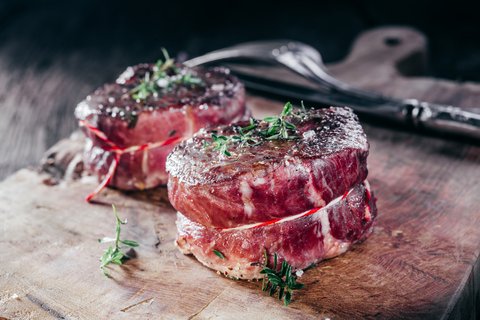Also Read: Venison and Maple Syrup Slow Cooker Recipe
Rarely seen gifted and probably my favorite cut of venison is the back-strap. The back-strap runs along the spine of the deer and contains very little connective tissue or fat. It is lean, has a texture similar to filet mignon and because of it’s thickness, is excellent for smoking. Smoking is by far my favorite preparation method for this cut of meat. Without question, the key for tender and flavorful smoked wild game is to incorporate a brine into the preparation. A brine is essentially a marinade with a high salt and sugar content that elicits a specific reaction within the meat. Two main processes are at work in a brine.Also Read: How to Brine and Other BBQ Tips
First, meat is largely devoid of salt, so when immersed in a salty water solution the process of osmosis kicks into action and the area with less salt concentration (the meat) pulls the saltwater solution into the meat and hydrates it. This helps to keep the meat juicier over the several hour smoking process. Second, the introduction of salt into the meat causes a break down of certain proteins within the meat. This breakdown makes the extremely lean venison much more tender than it would be without this process. Here is a basic brine recipe to try to make one-gallon of brine. Depending upon your storage vessel, this should be adequate to cover one whole back-strap.- 1 Gallon of Water (could substitute ¼ gal of water for apple juice too!)
- ¾ Cup of Salt
- ½ cup of regular (not reduced sodium!) soy sauce
- ¼ worchestershire sauce
- ½ cup of brown sugar
- ½ cup of molasses
- 1 tbs. rosemary
- 2 tbs. pepper
For Related Stories on Cooking Venison:
-
All-Time Best Way to Prepare Venison Ribs
-
Manly Wild Game Appetizers
-
How to Make Slow Cooker Venison with Maple Syrup
-
Wild Game Recipes to Impress Your Friends
Deer
-
Let's go surfin' dude!
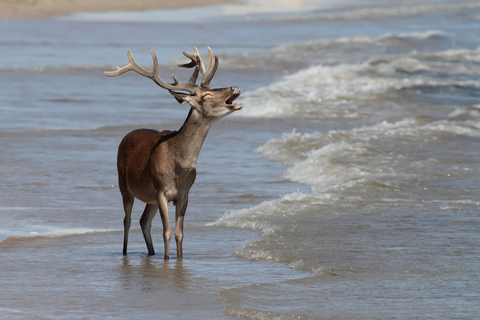
-
Beautiful whitetail deer
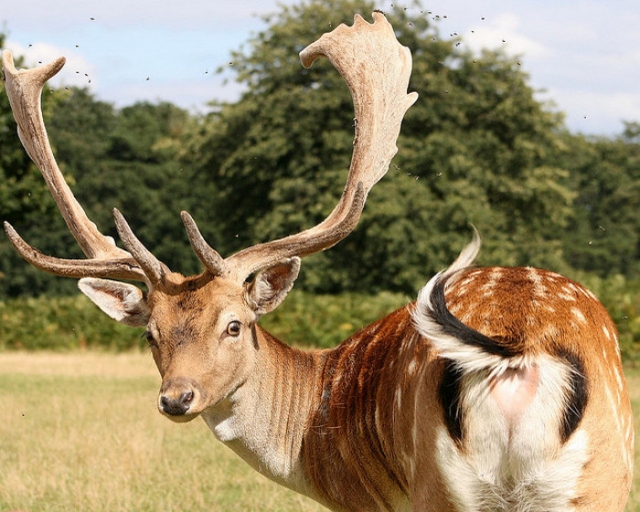
-
Do these stripes look like targets?
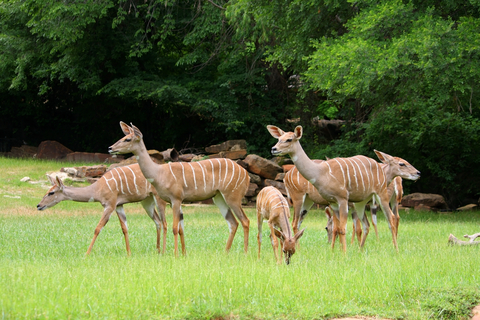
-
Deer down
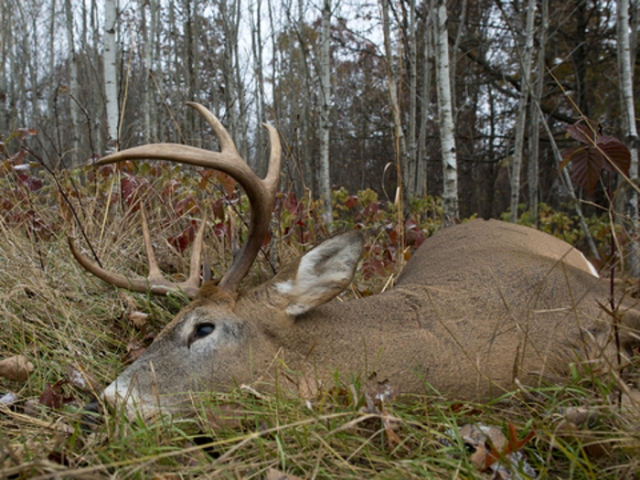
-
Maybe this rock will provide cover.

-
Hey little guy.

-
I'm a pretty boy.
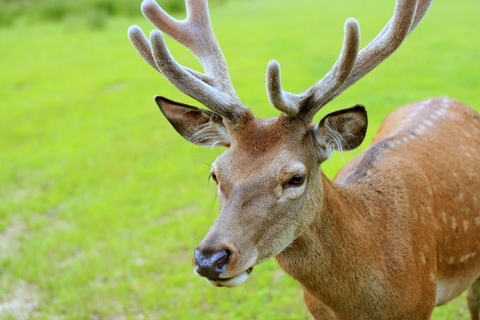
-
Do my ears look big to you?
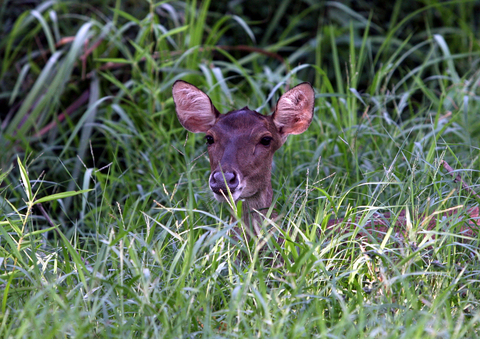
-
The perfect shot

-
I'm just going to learn to like this stuff.
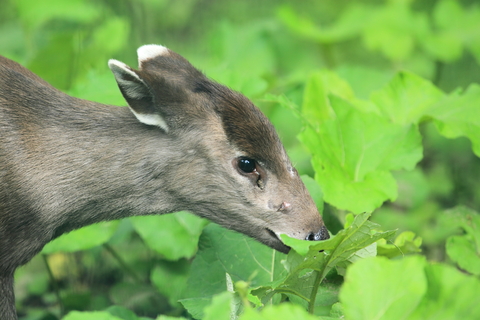
-
A rare albino deer
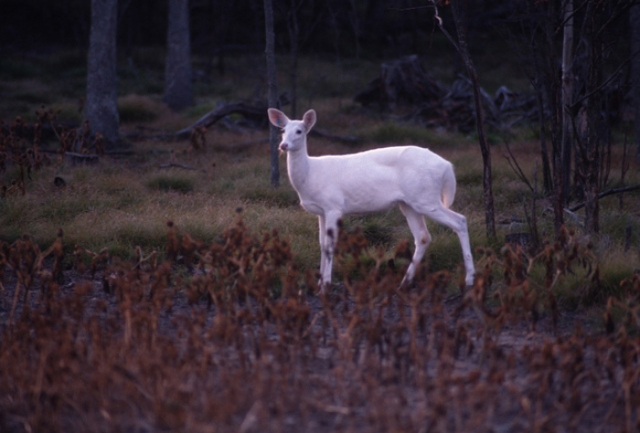
-
Blacktail deer in dry grass
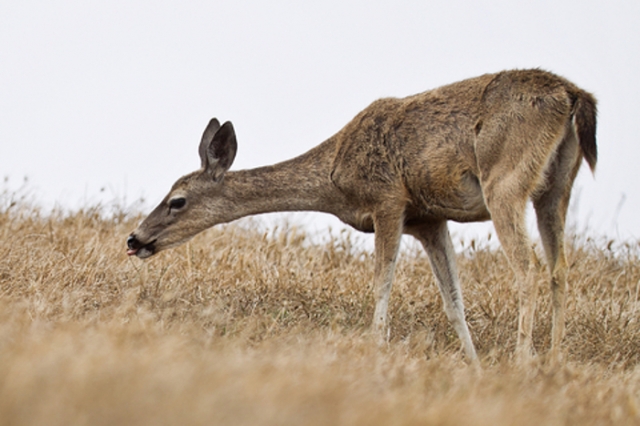
-
Blacktail deer on lush hillside
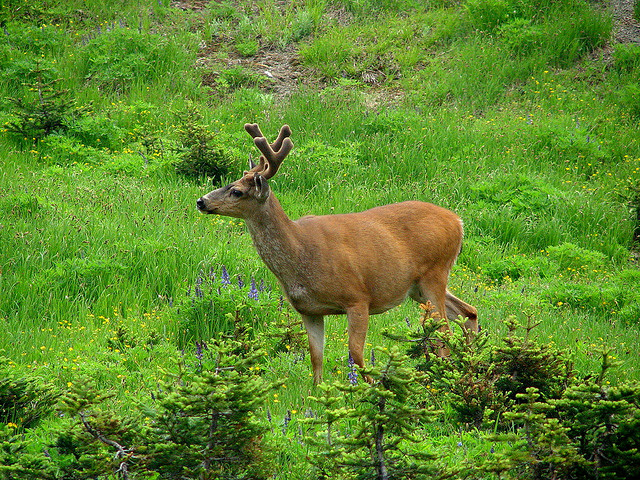
-
A leen blacktail deer seeks shade
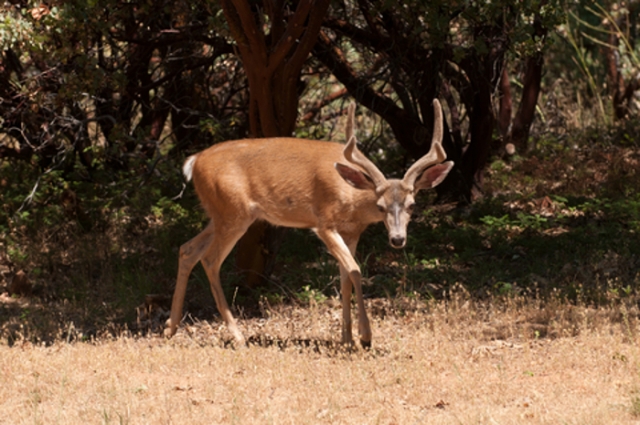
-
Deer in Brownfield, Texas
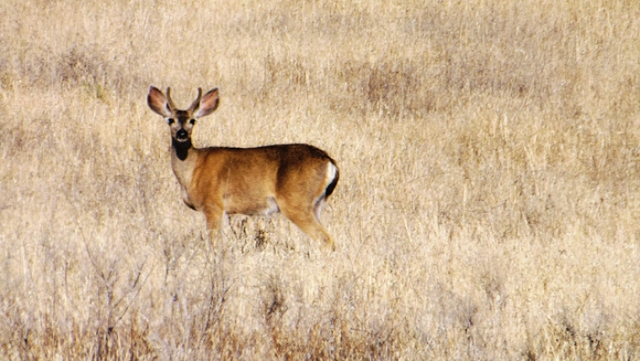
-
Deer in the rain
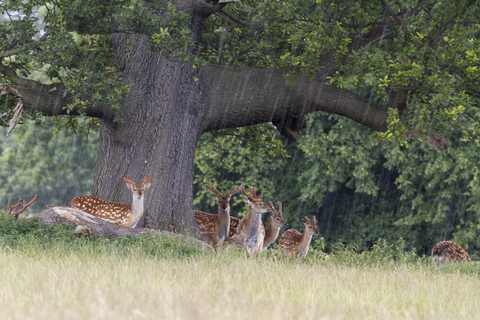
-
Red deer with beautiful antlers
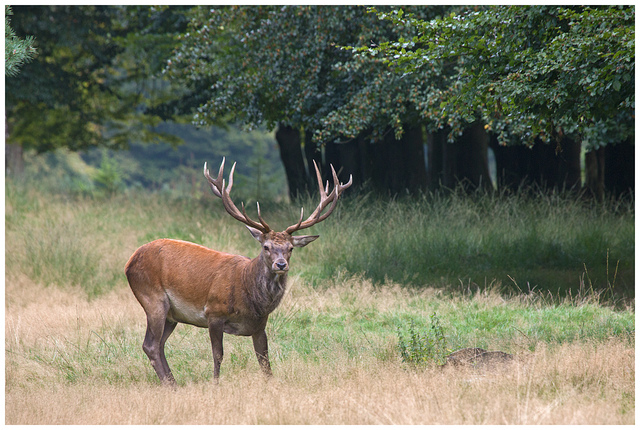
-
Red deer on a hillside
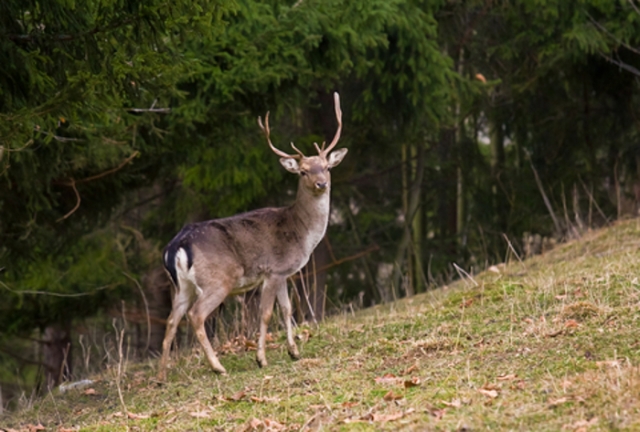
-
Jump! Let's go!
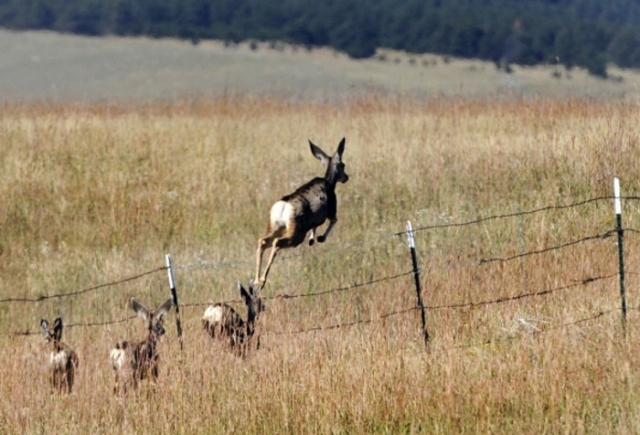
x-default
